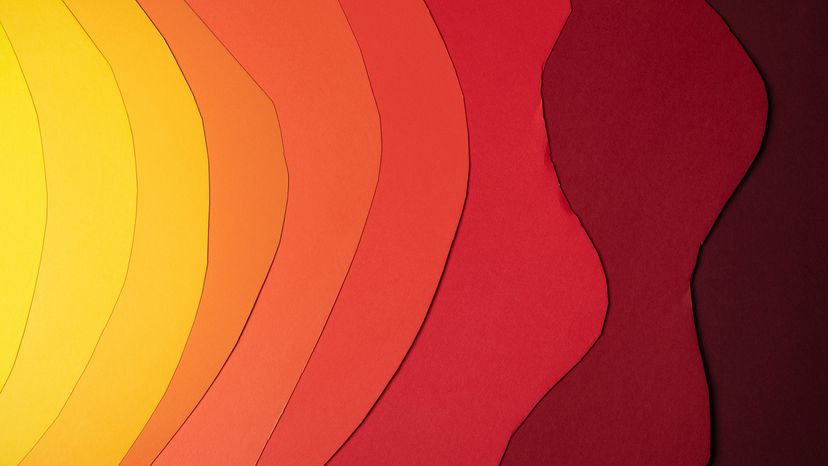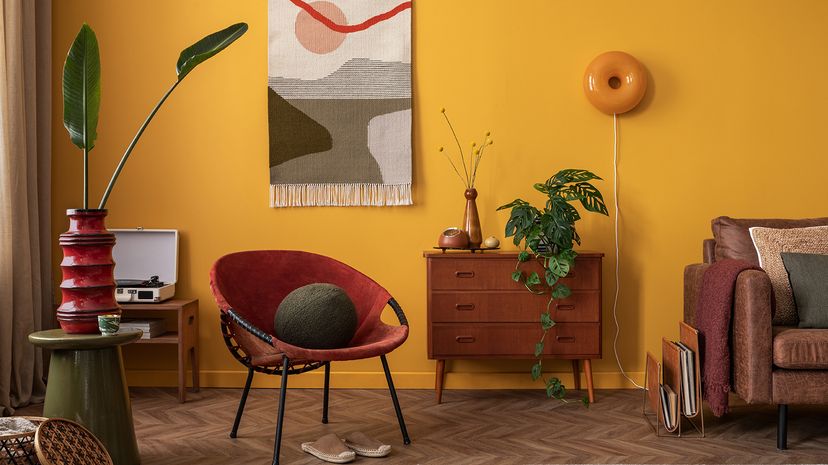
Warm colors — including reds, oranges and yellows — evoke feelings of energy, passion and warmth. Warm and cool colors play off each other, with warm tones taking center stage when you want to create a lively, inviting atmosphere.
Think about a glowing sunset or a crackling fire: That's the essence of warm colors in action.
Advertisement
But it's not just about their fiery nature. Warm colors can be bold or muted, making them versatile for all kinds of designs. Whether you're decorating a room, choosing an outfit or branding a product, warm color palettes are an easy trick to bring in comfort and excitement while pairing beautifully with cool tones for balance.

